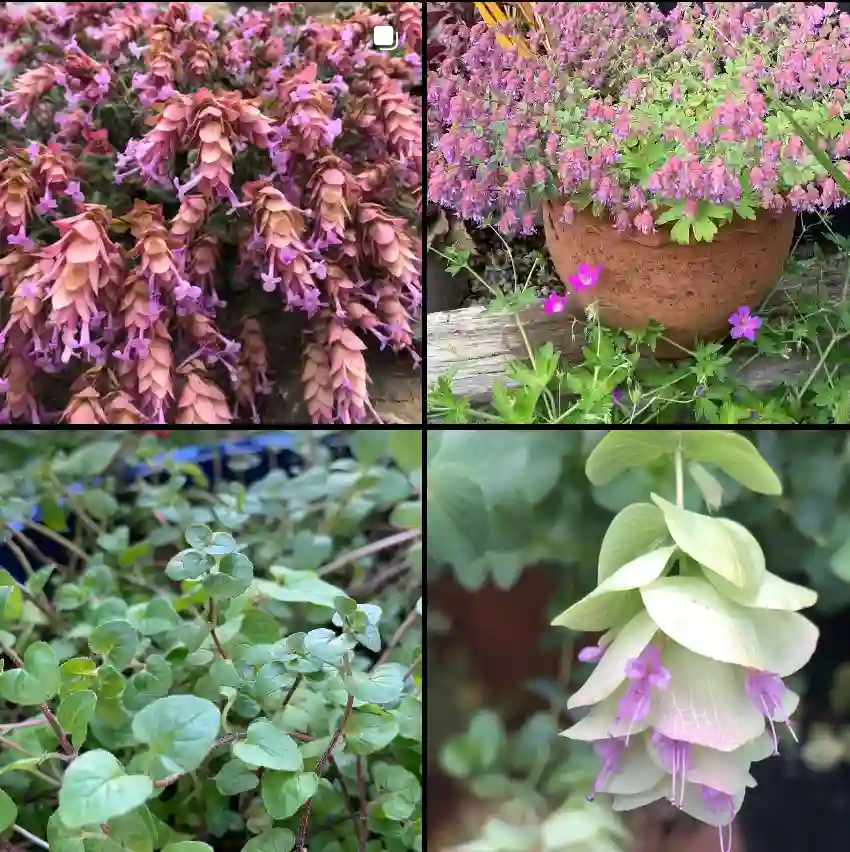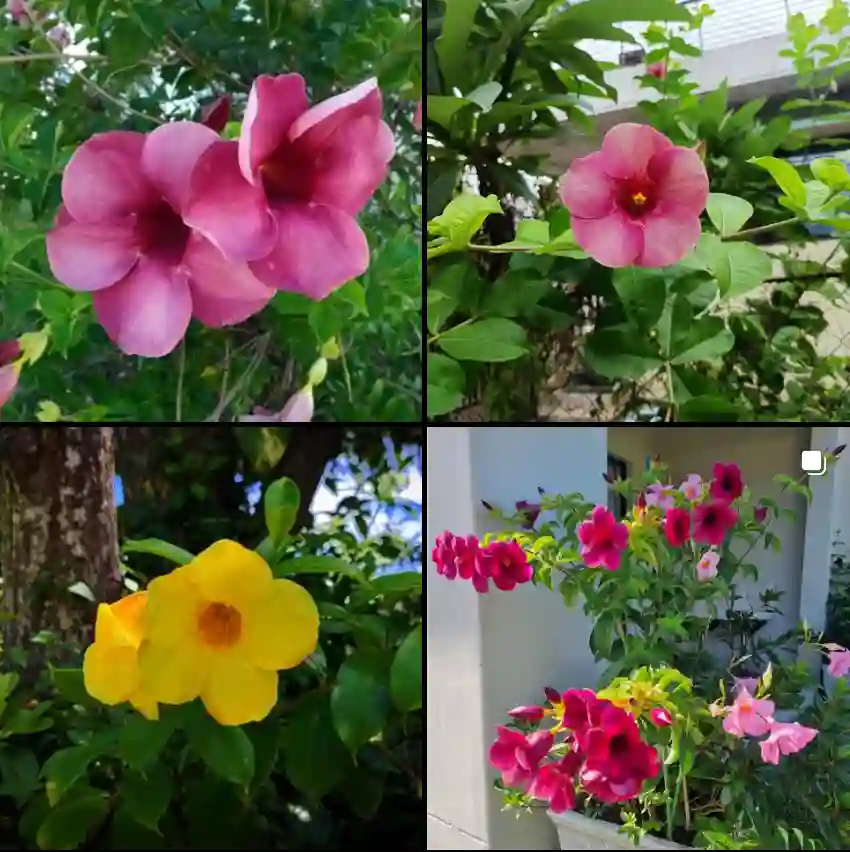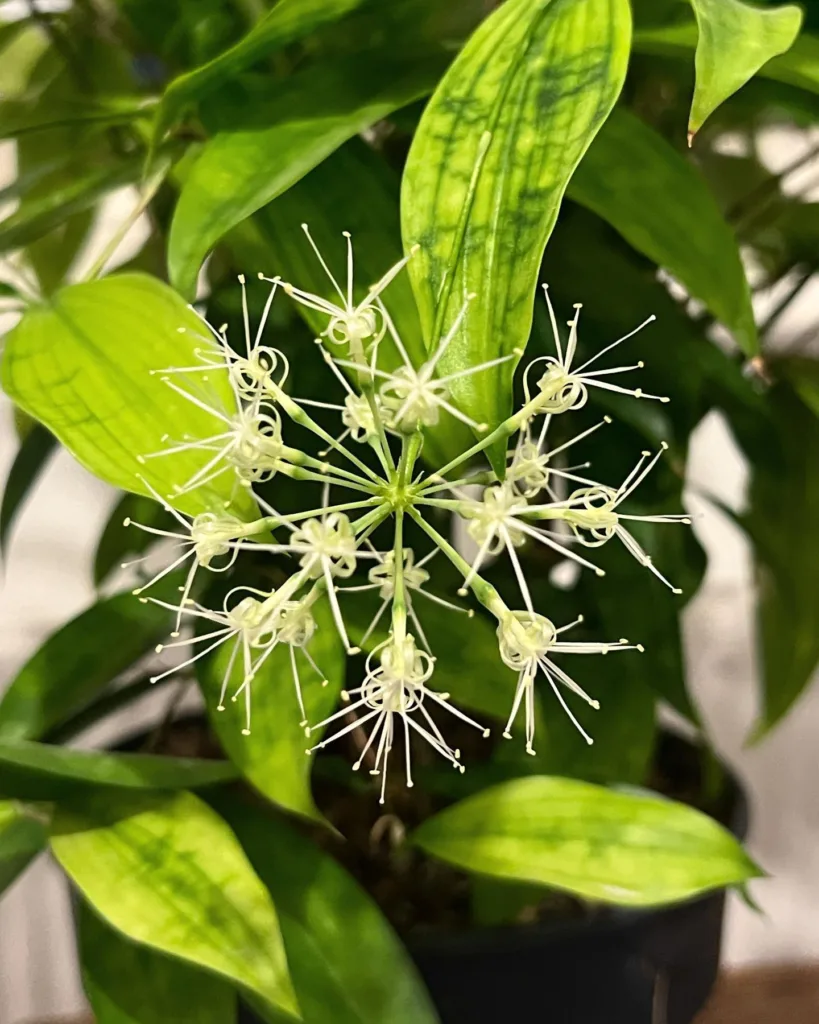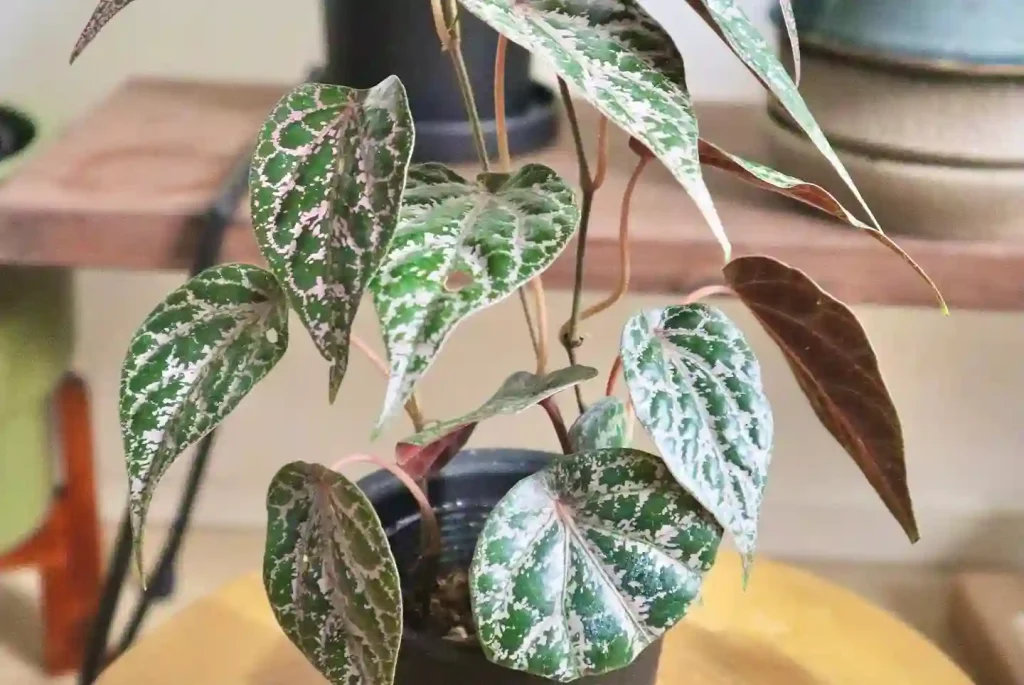FAQs About Rosa Gymnocarpa
Rosa Gymnocarpa, often called the baldhip rose or dwarf rose, is a charming native plant found in the western regions of North America. It has a natural elegance, providing delicate beauty to woodland gardens and wild landscapes. Over time, I’ve gathered insights about this species, and I’ll address common questions about growing and caring for it. Let’s dive into the frequently asked questions about Rosa Gymnocarpa.
391 Species in Genus Rosa
What is Rosa Gymnocarpa?
Rosa Gymnocarpa is a small, deciduous shrub from the rose family. Unlike many cultivated roses, this species has a more delicate appearance with small, fragrant flowers that bloom in shades of pale pink. Its leaves are fern-like, contributing to a fine-textured look in the garden. One of the key features of Rosa Gymnocarpa is its “baldhip,” which refers to its hairless fruit (hips). This plant is a favorite for natural and woodland gardens, where its soft flowers and subtle foliage create a peaceful, natural ambiance.
Is Rosa Gymnocarpa Herbaceous?
No, Rosa Gymnocarpa is not herbaceous. It’s a deciduous shrub, meaning that it develops woody stems and loses its leaves in the fall. While the plant itself is small and delicate, it forms woody branches that persist throughout the winter. It’s a perennial plant, so it will return year after year without needing to be replanted, which is typical of shrubs rather than herbaceous plants.
Should I Prune Rosa Gymnocarpa?
Yes, but with care. Rosa Gymnocarpa benefits from light pruning, particularly in early spring, just as the new growth begins to show. Pruning helps maintain the plant’s shape and encourages healthy growth. When pruning, I like to remove any dead or damaged stems and lightly trim back overgrown areas to maintain a natural, open shape. Since Rosa Gymnocarpa has a naturally graceful habit, heavy pruning isn’t necessary. Instead, focus on gentle shaping and ensuring good airflow between the branches to prevent disease.
Rosa Gymnocarpa vs Pisocarpa
Both Rosa Gymnocarpa and Rosa Pisocarpa are native wild roses found in similar regions, but they have some notable differences. Rosa Pisocarpa, also known as the clustered wild rose, tends to be more robust and produces clusters of flowers, while Rosa Gymnocarpa has solitary or sparsely clustered flowers. Pisocarpa also has thornier stems and a more vigorous growth habit, making it a little less delicate compared to the airy, fern-like foliage of Rosa Gymnocarpa. When deciding between the two for your garden, I find Rosa Gymnocarpa more suitable for softer, woodland settings, while Rosa Pisocarpa can handle slightly more exposure and a wilder garden look.
How to Care for Rosa Gymnocarpa?
Caring for Rosa Gymnocarpa is relatively easy, especially if you have a garden that mimics its native habitat. It thrives in partial shade but can tolerate full sun in cooler climates. The key is to plant it in well-draining soil, as it doesn’t do well in soggy conditions. Water the plant regularly during dry spells, but allow the soil to dry out between watering to avoid root rot.
This plant doesn’t require heavy feeding, and too much fertilizer can cause it to grow too leggy. I like to add a light compost mulch around the base in the spring, which provides gentle nutrition and retains moisture.
How to Propagate Rosa Gymnocarpa?
Propagating Rosa Gymnocarpa can be done through seed or softwood cuttings. In my experience, softwood cuttings are easier and faster. Take a 4- to 6-inch cutting from a healthy, non-flowering stem in late spring or early summer. Remove the lower leaves and dip the cutting into a rooting hormone before placing it in a pot filled with moist, well-draining soil. Keep the cutting in a humid environment and out of direct sunlight until it roots.
Can You Grow Rosa Gymnocarpa Indoors?
Rosa Gymnocarpa is not suited for indoor growing. Like most roses, it requires ample light, airflow, and space to thrive, which is difficult to provide indoors. It’s best to grow this plant outdoors, where it can enjoy the natural conditions it’s adapted to.
Is Rosa Gymnocarpa Toxic?
Rosa Gymnocarpa is not toxic to humans or pets. The hips of wild roses are even edible and have been used in teas and jams. However, while the plant is safe to touch and handle, its thorny stems can cause minor irritation if not handled carefully. Wearing gloves when pruning or handling the plant is a good practice.
What to Plant with Rosa Gymnocarpa?
Rosa Gymnocarpa pairs beautifully with other woodland or shade-loving plants. I’ve found that it looks great with ferns, salal, and other native shrubs like Vaccinium (huckleberry). Its soft pink flowers also make a lovely contrast against plants with larger, bolder foliage, such as hostas or rhododendrons. In the right setting, it can help create a layered, naturalistic look.
Common Problems with Rosa Gymnocarpa
Rosa Gymnocarpa is generally quite hardy, but like all roses, it can be susceptible to pests such as aphids and diseases like powdery mildew. The key to preventing these issues is good garden hygiene. Make sure to plant it in well-draining soil and avoid overcrowding. I also like to prune away any dead or diseased branches promptly to keep the plant healthy.
Benefits of Rosa Gymnocarpa
Rosa Gymnocarpa is an excellent choice for wildlife gardens. Its flowers provide nectar for pollinators, including bees and butterflies, while the hips are a food source for birds and other wildlife. I love watching how the garden comes alive around this plant, especially in late summer and fall when the hips ripen. Plus, it’s a low-maintenance option that can thrive in a variety of conditions, making it a great choice for a naturalistic or native plant garden.
Rosa Gymnocarpa is a subtle yet impactful addition to the garden. Its delicate beauty and easy-care nature make it a great choice for gardeners looking to create a peaceful, wildlife-friendly space. Whether you’re comparing it to other native roses or simply seeking to understand its needs, Rosa Gymnocarpa brings a gentle charm that’s hard to resist.
If i die, water my plants!



